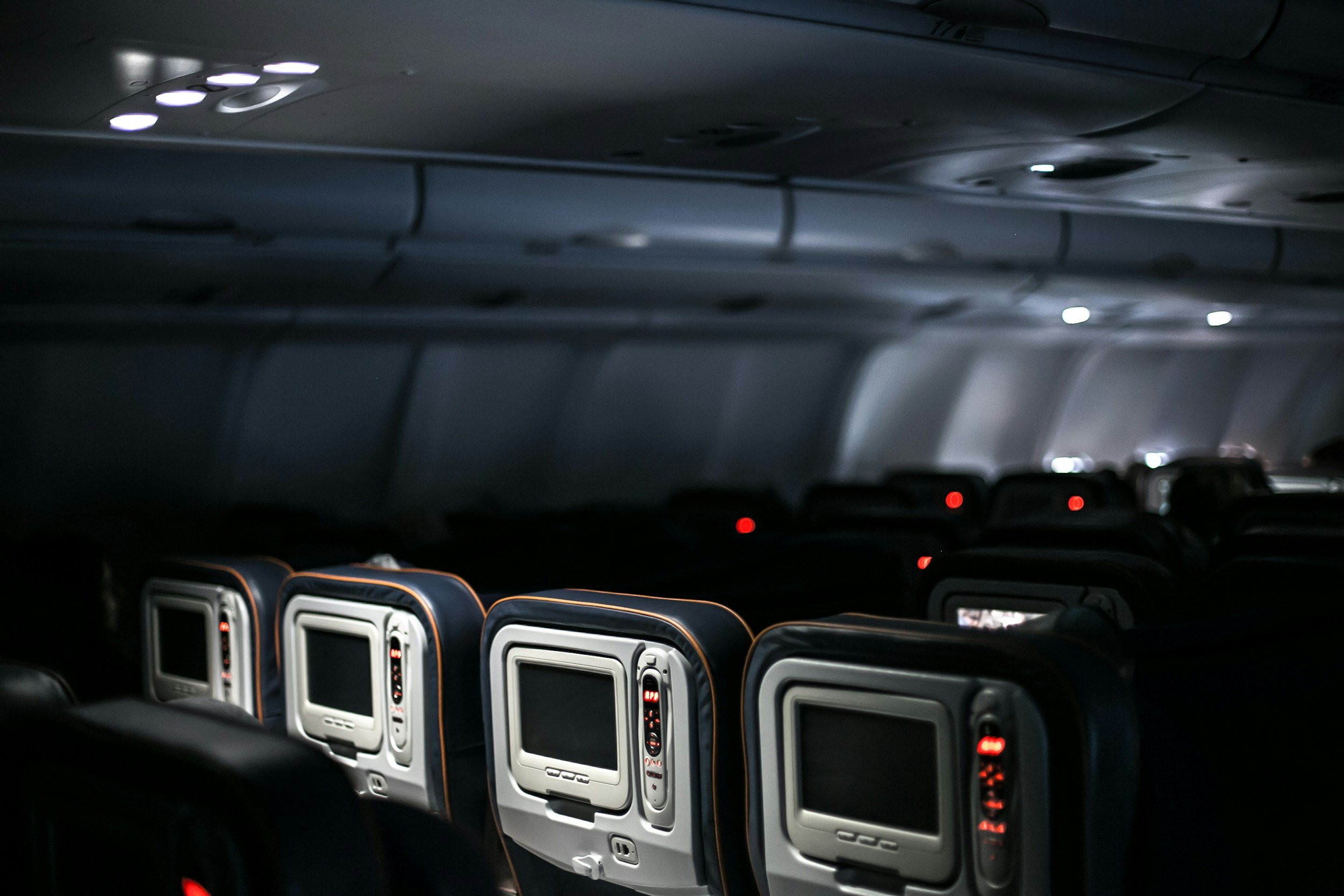High-speed rail currently only focuses on the 300-900 kilometre intercity market. This is seen as the “optimal distance”, night trains are also being introduced, but these operate on slower tracks, and are often heavily delayed. Along with offering an overall “unpleasant product” in many cases. That is to say that the current service leaves a lot to be desired.
The Market
Making it so that we aren’t competing with convetional high speed rail. But instead with airlines.
However, if the market for railway services looks rather sad at the moment, the future market prospects for Aviation look downright unappealing.
The sector has long received several unfair advantages and privileges:
Subsidies for the emissions that they produce
Subsidies in airport landing charges
No VAT tax on tickets
Other than these advantages which are under threat from other industries, and hinder the EUs climate ambitions. There are currently big unanswered questions about the very nature of the business:
All of that is to say, while we are planning on competing with the current airline industry, however, these might end up being the glory days of the aviation industry. (at least in the 20-30 years timeframe)

Competing with the airlines
In the end, what airlines and railway companies as well as other mobility providers get paid for is moving people or object distances. With the ability to charge a premium when it can be done fast, especially for people. In this sense, high-speed trains will always be at a direct disadvantage. A commercial aeroplane can cruise at around 840kph (a320 NEO), compared to the maximum cruising speed of these trains being around 300-320 kph.
Hence an optimal distance for both modes has arisen, where high-speed trains are optimal for distances between 300km - 900km, below which cars are more optimal, and above which the speed of planes starts to outway the time needed at airports. All of these modes have hit a local optimum in their speed-to-cost ratio.
As we can see in the data about the distribution of flight lengths of European low-cost carriers, most of their flights take place above the optimal distance for high-speed rail. With all three of the target airlines having the majority of their routes take place between 1000 - 2000 kilometres. While these budget airlines do have a bit of a short-distance bias due to their business model. This can be seen as a baseline for the demand that is currently unserved by high-speed rail.
So if we can’t speed up the trains, we will need longer journey times; for this, we need to look at night trains. By combining night trains with their high-speed counterparts an average operational speed of 250kph on a high-speed line is achievable, keeping this up for 10 hours means that about 80% of the airline demand could be met with high-speed night trains. This is the largest market that we aim to go after. Picking up additional services and demand for other fast transportation services along the way.
Leaning from Aviation
Ever since the 50’s planes have been designed with a traditional “Tube and Wing design”. This has one great advantage as both Boeing and Airbus have discovered.
It is straightforward to make variations on a single design. Stretching the fuselage and providing engine configurations can allow customers to choose the jet best suited for them. Instead of having to make many different designs and manufacturing lines, only a single one can supply multiple markets.
The railway industry has not done this so far, due to a lack of a standard regulatory environment, the acquiring of rolling stock by national governments, and hence the preference for local champions.
Meaning that there is more variation in high-speed train design than there is in airliners at the moment. Even though the physics optimisation is much simpler for the former than the latter.
We are planning on building one design that can be adapted for multiple use cases. Thereby increasing production volume, and bringing down acquisition and maintenance costs.



